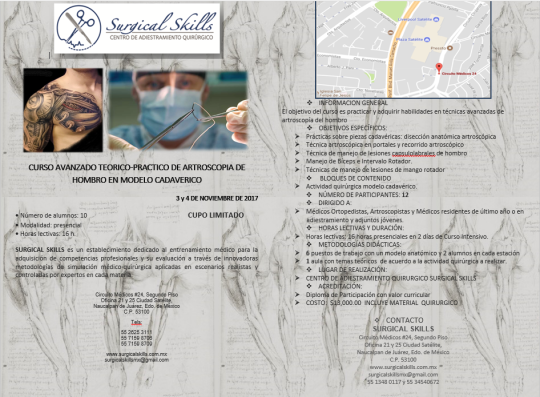Epinefrina en el paro cardíaco fuera del hospital: ¿Útil o perjudicial?
Epinephrine in Out-of-hospital Cardiac Arrest: Helpful or Harmful?
Abstract
OBJECTIVE: Epinephrine is the primary drug administered during cardiopulmonary resuscitation (CPR) to reverse cardiac arrest. The evidence for the use of adrenaline in out-of-hospital cardiac arrest (OHCA) and in-hospital resuscitation is inconclusive. We conducted a systematic review on the clinical efficacy of adrenaline in adult OHCA patients to evaluate whether epinephrine provides any overall benefit for patients. DATA SOURCES: The EMBASE and PubMed databases were searched with the key words "epinephrine," "cardiac arrest," and variations of these terms. STUDY SELECTION: Data from clinical randomized trials, meta-analyses, guidelines, and recent reviews were selected for review. RESULTS: Sudden cardiac arrest causes 544,000 deaths in China each year, with survival occurring in <1% of cases (compared with 12% in the United States). The American Heart Association recommends the use of epinephrine in patients with cardiac arrest, as part of advanced cardiac life support. There is a clear evidence of an association between epinephrine and increased return of spontaneous circulation (ROSC). However, there are conflicting results regarding long-term survival and functional recovery, particularly neurological outcome, after CPR. There is currently insufficient evidence to support or reject epinephrine administration during resuscitation. We believe that epinephrine may have a role in resuscitation, as administration of epinephrine during CPR increases the probability of restoring cardiac activity with pulses, which is an essential intermediate step toward long-term survival. CONCLUSIONS: The administration of adrenaline was associated with improved short-term survival (ROSC). However, it appears that the use of adrenaline is associated with no benefit on survival to hospital discharge or survival with favorable neurological outcome after OHCA, and it may have a harmful effect. Larger placebo-controlled, double-blind, randomized control trials are required to definitively establish the effect of epinephrine.
| 





